When we were planning our drive from Velavadar to Jambughoda, we were excited to learn we could include Wadhwana Wetlands in our route. It’s a water reservoir which attracts thousands of migratory and many resident birds. An important birding area, it is also a beautiful place to unwind, surounded by green agricultural fields.
“This irrigation reservoir and wetland located 10 kms from Dabhoi & 20 kms from the Jambughoda village, is the water source for 25 nearby villages, and a popular birdwatching site for species including stork, tern, ibis, and spoonbill. To get here you will have to rent a vehicle from Dabhoi, taking the Nanderi Gate road. Apart from being a wetland, it also has an eco tourism campsite. The best time to visit the wetland is from October to March cause that is the main migratory seasons for birds which migrate here from all over the world.” There isn’t any decent place to stay nearby. We stayed at the Jambughoda Palace which is about 25km from here. The Wadhwana Wetlands are home to many birds like the Indian River Terns, Openbills, Grey Lag Geese, Rudy Shell Ducks, Common Pochards, Ferruginous Pochards, Tufted Pochards, Northern Shovelers, Northern Pintails, Common Teals, Garganey, Eurasian Wegions, Lesser Whistling Teals, Spoonbill Ducks, Cotton Teals, Comb Ducks, Common Coots, Indian Cormorants, Herons, Black headed Ibis, Black Ibis, Egrets, Purple Moorhens, Osprey, Pied Kingfishers, Wire Tailed Swallows, Ashy Crowned Sparrow Larks, Bulbuls, Green Bee Eaters, and many others. I am not sure about the mammals but I am sue there are various kind of mongooses, amongst others.




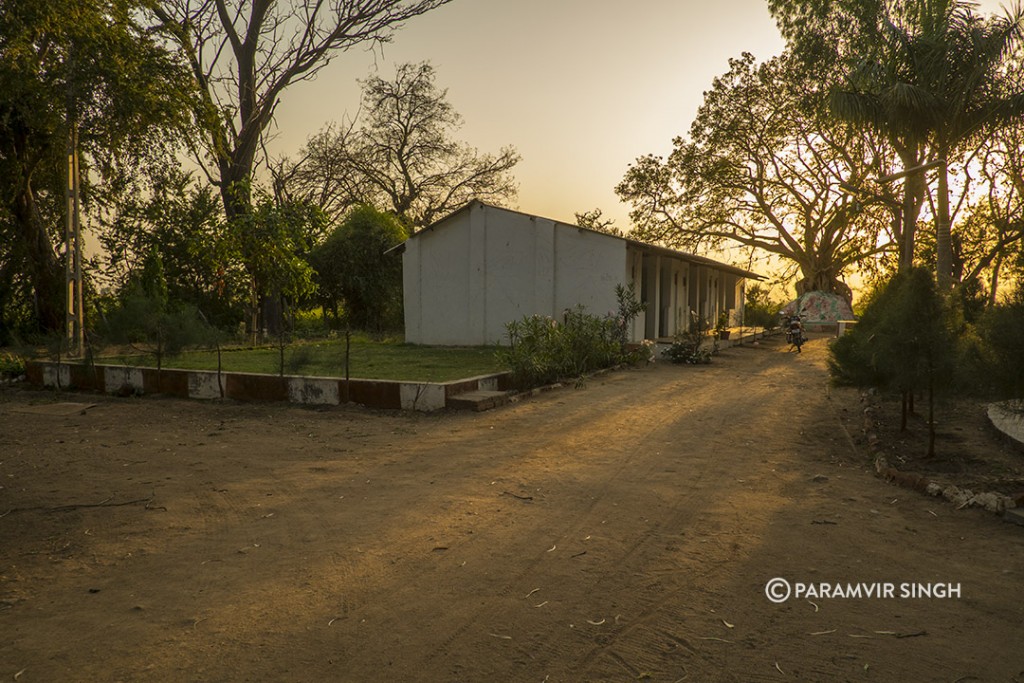
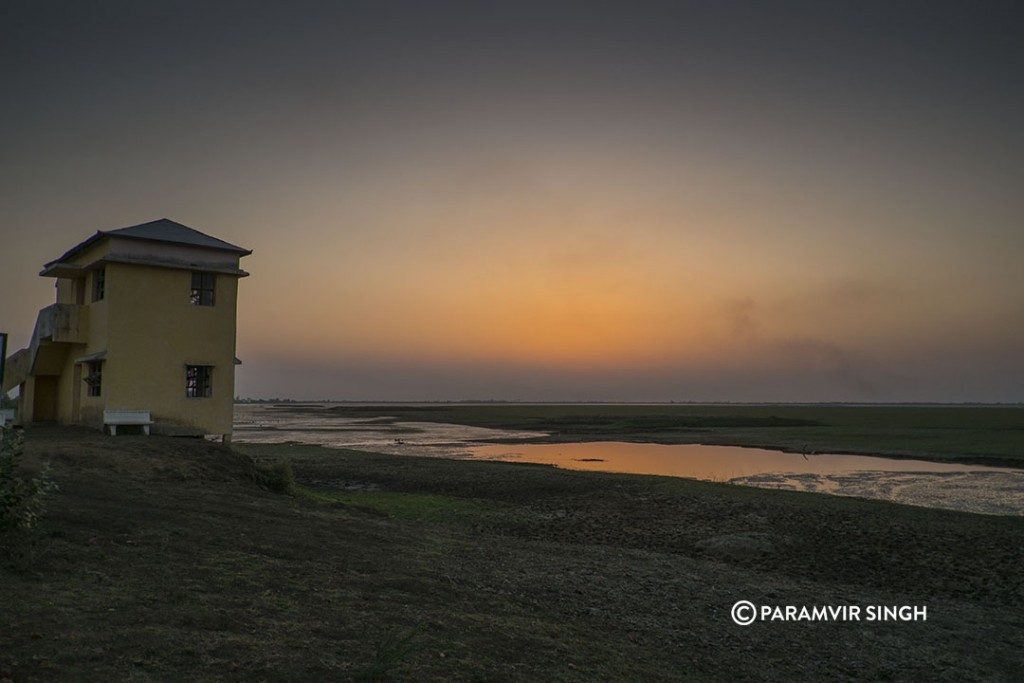

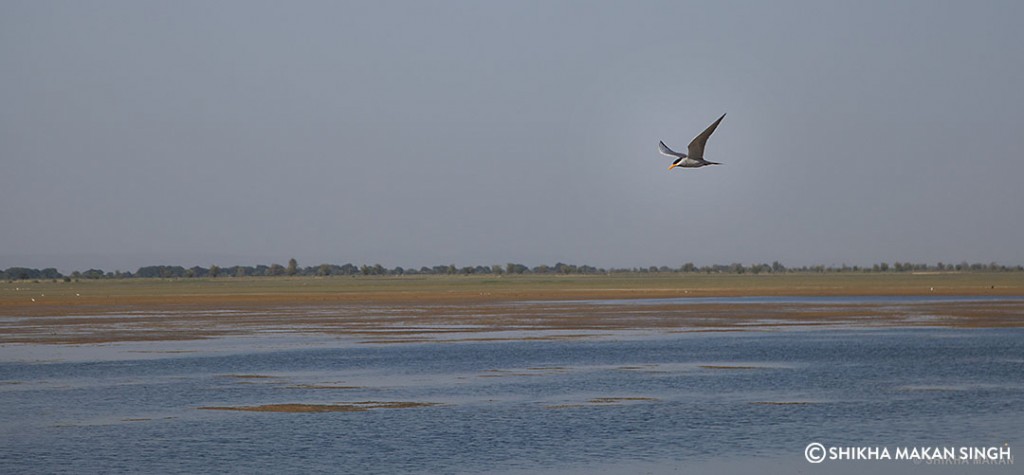
[box type=”success” width=”100%” ]How to reach: Vadodara, 112 km from Ahmedabad and 420 km from Mumbai, is located on National Highway 8.
Where to Stay : There isn’t anything nice to stay nearby, thankfully, so the place is still serene. We stayed 25km away at the Jambughoda Palace. Update: See below.
Time To Visit: October to March, when the migratory birds are in. Do carry binoculars, The lake has a 2km radius and you will need good binoculars to see the birds.[/box]
The forest department has started campsites here at Vadhvana with the following facilities:
Orientation Centre
Cottage accomodations with bath & toilet facilities
Tented Accomodations only with separate bathing & toilet facilites
Separate Kitchen & Dining places
Observation Towers for bird watching
Also has boats available for boating on the wetland to enhance the experience of bird watching
Separate area for Campfire
From the Forest and Environment Department, Government of Gujarat : “Wetlands constitute the vital link in the hydrological cycle. They provide a multitude of services like purification and regulation of flows, fisheries, habitat provision to plants, animals and micro-organisms; providing opportunities for recreation and tourism; and so forth (Silvis, 2000). Their intrinsic hydrological functions act as buffer against such extremes as droughts and flooding. Wetlands In monsoon, wetlands absorb and restore water and therefore, reduce the risk of flood. In winter and summer, they gradually release water and thus ensure its availability to surrounding and downstream areas. Inland wetlands are important water resources replenishing groundwater and sub-soil aquifers. Coastal wetlands, including mangroves and coral reefs, often function as natural barriers against salt-water intrusion, protecting coastal land and inland water habitats. Wetlands are source of life. Much of the world’s biodiversity depends upon, or is linked to them. This includes many endangered and/or migratory species. Richness of waterfowl, including that of migratory ones in Gujarat is attributed to varieties of wetland habitats. Wetlands are thus part of global network of water-dependent, cross boundary resources, whose constituents can not be managed in isolation. Global wetland area was estimated at about 7.5 to 7.8 million sq. km., however, this figure excludes many wetland types such as salt marshes, coastal flats, sea grass, meadows and reservoirs. India harbours about 5 % of global wetlands. Jheels (lakes), Talav (ponds), dams, seasonal waterbodies, paddy fields, streams, marsh lands, coastline, mangroves, coral reefs, estuaries and large stretches of mudflats etc. contribute significantly to make this land beautiful. It would not be an exaggeration to state that Gujarat is “a land of Wetlands” in India. A study conducted by Space Applications Centre (SAC), Ahmedabad in 1998 estimated wetland area in the country at about 75819 sq. km. Of this, Gujarat’s contribution is about 27175 sq. km (36%). Waterfowl concentration in Gujarat during winter is one of the highest in the country as the area falls on monitory route of the birds. Migratory birds from Europe and Asia pass through western part of the country to Indian plateau and they enjoy varied habitats in the state. Many stay in Gujarat for entire wintering season and some move to Decca plateau. Again during their reverse migration in March and April, birds stay at wetlands for sometime before their departure from the country to their breeding grounds. “


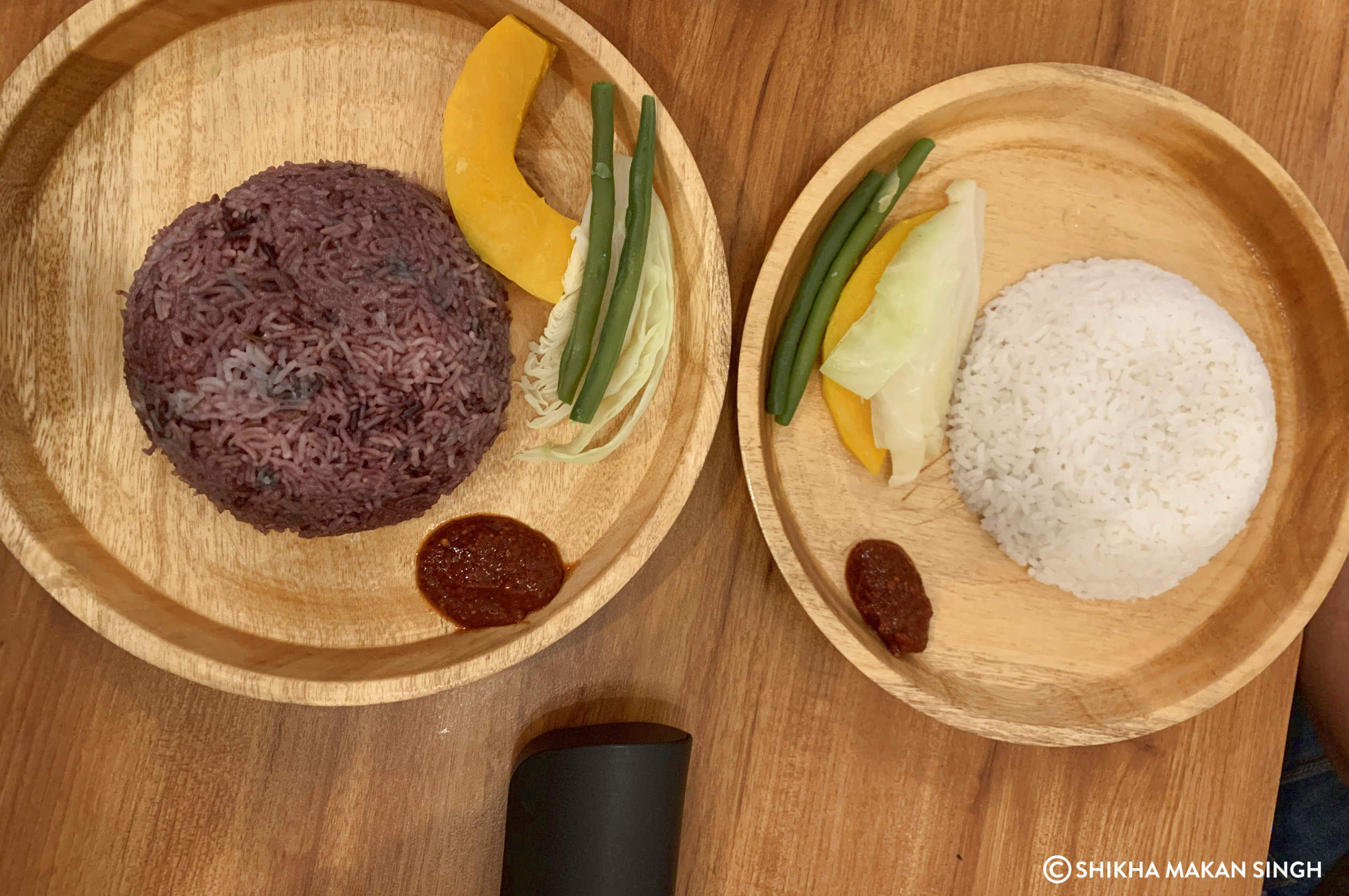



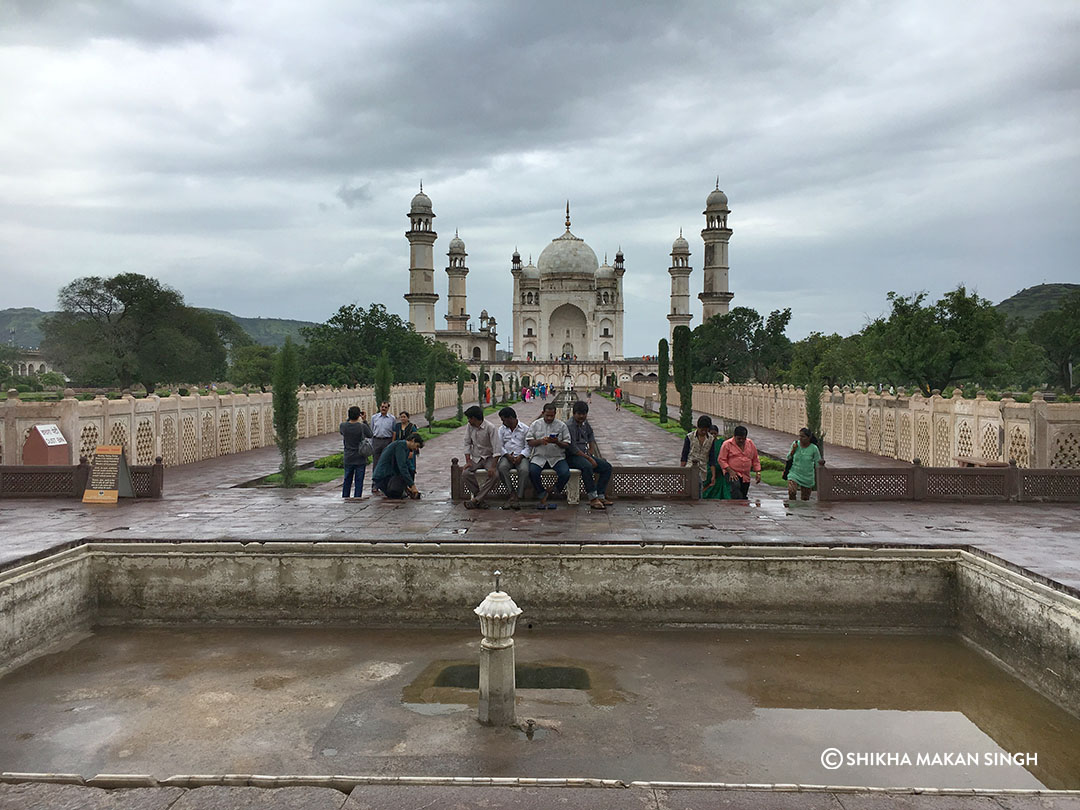
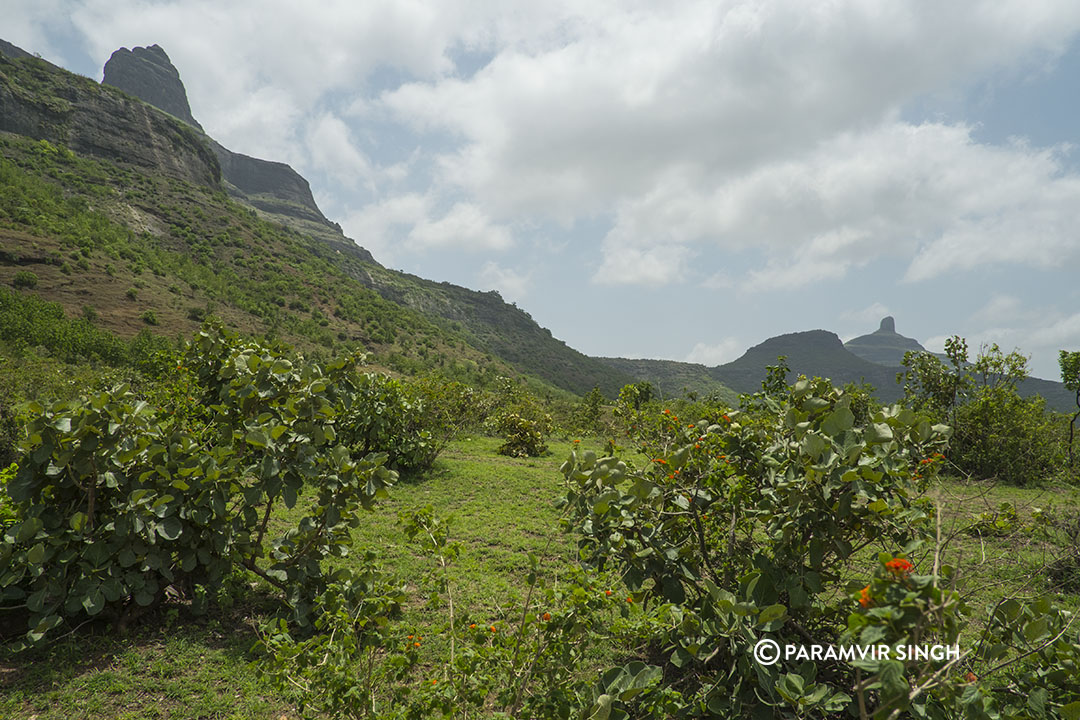
Beautiful pictures and good description of flora and fauna. Haven’t been to Wadhwana but had a chance to go to Gir. Relished being in the midst of nature.
Thanks Somali. Wadhwana isn’t very well know till now, thankfully 🙂 But worth a visit.
Gorgeously captured; looks like a great offbeat place to unwind, relax and rejuvenate!
Thanks Arti! It is!
Do they allow photography without permission or any permission needed to taken??
I think they do allow.
No permission needed
And parking charges only on Sunday.
Free parking on Off days
A heavenly site to see numerous birds fly, swim, dive, hover, preen in water and flutter, hop, peck and tweet on land. But be cautious of Officers in charge of Wadhwana Wetlands Ecotourism Complex for their lax behavior to the tourists. On 29th Jan., 2016 we were allotted a room in the complex in the morning and a drunk officer threw us out in night.
I haven’t heard of Wadhwana before…looks like a serene and beautiful place. Migratory birds are added attractions, of course… 🙂
Wadhwana is a must visit, especially in the winters.
Sir which timing prefer to see its early morning 8 to 10AM or evening at 4 to 5 pM kindly conferm
Both.
Morning 6.30 to 10.30 best time